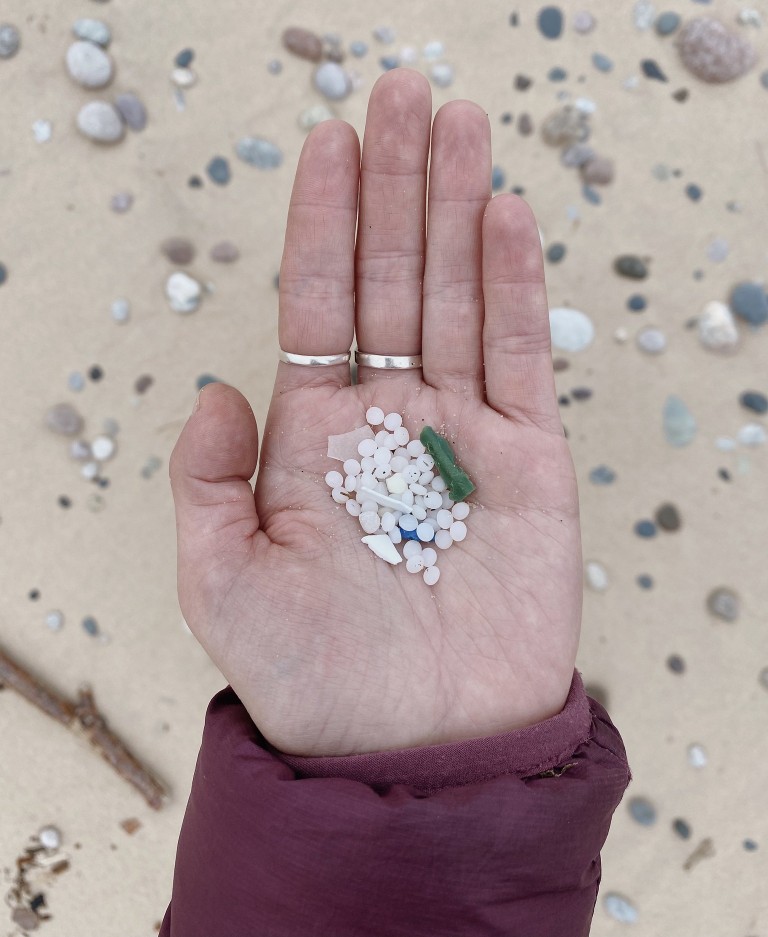
6 December 2021
We usually think of plastic in the water as the bags, bottles and other items that arrive in flood debris.
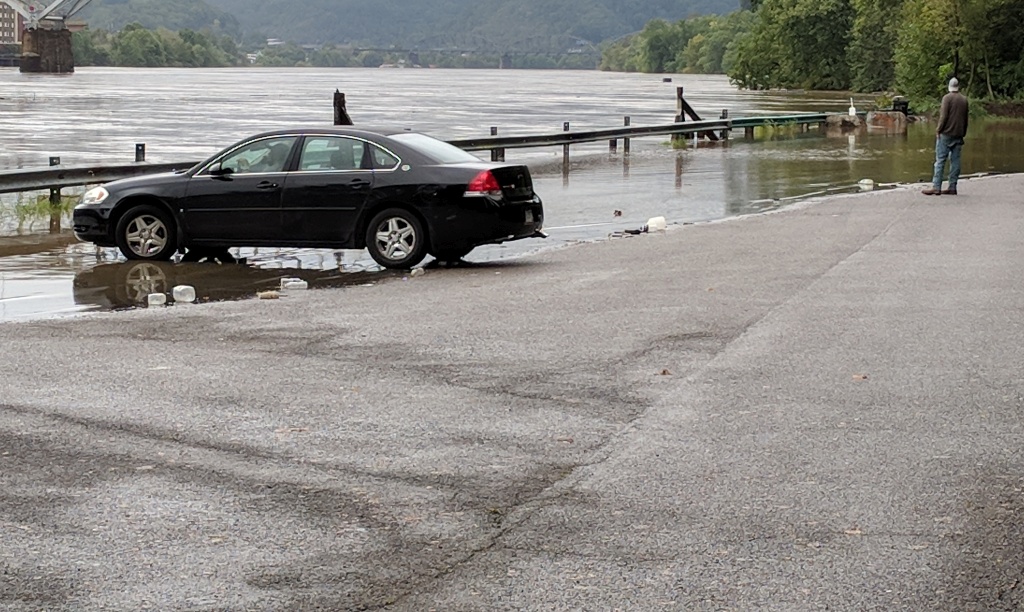
But if you take a microscopic look at our waterways, as PennEnvironment did last year, you’ll find a host of microplastics less than 5mm across (see 1 cm = 10 mm in photo below). These include:
Nurdles (white pellets at top) the tiny pre-production plastic pellets that are the first output of plastic making. They are transported in bulk to factories where they are melted down to become plastic products.
Microbeads, 1 mm or less, banned in rinse-off products, a loophole still allows them in make-up, cleaning and personal care products.
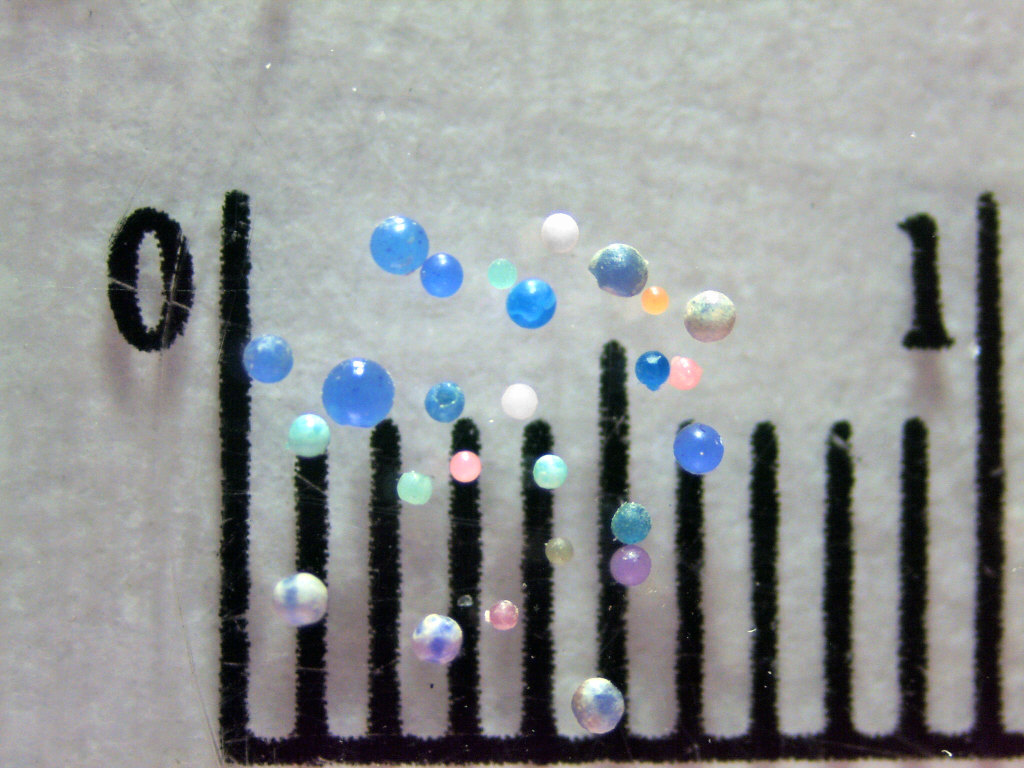
Fragments and films and …
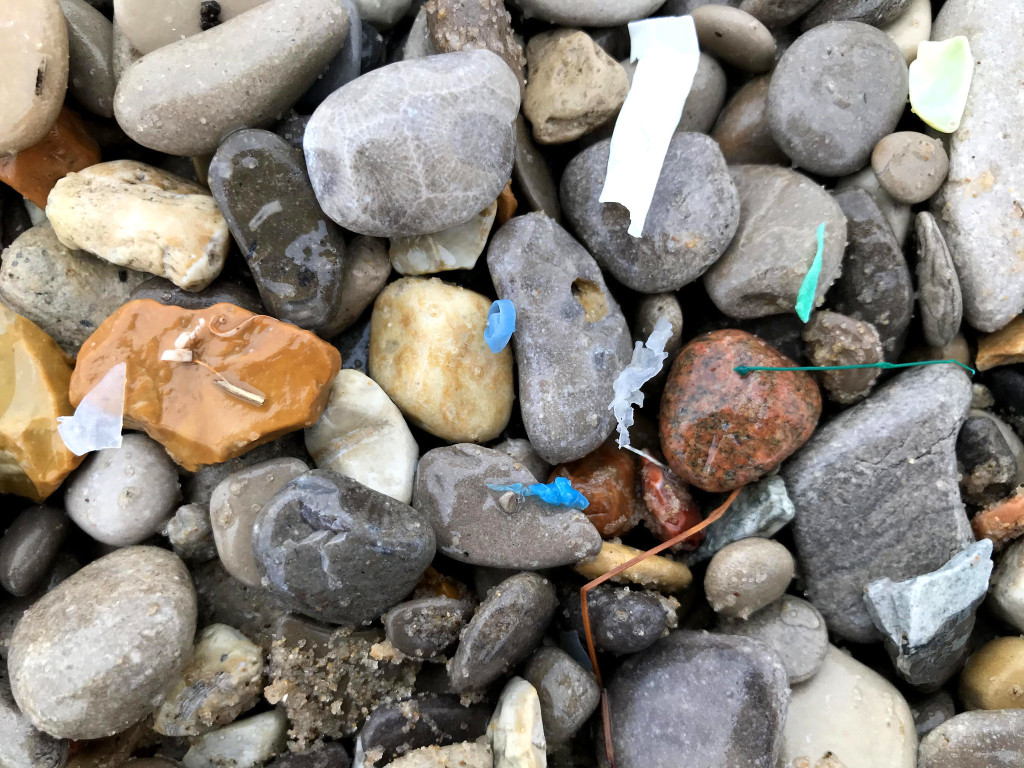
Fibers, usually from clothing. 60% of our clothing is made of plastic such as polyester, nylon, acrylic. Every time we wash our clothes they shed microfibers into the water and air (dryer exhaust). I can’t help but add to the problem as polar fleece is my favorite winter clothing. Aaarrg!
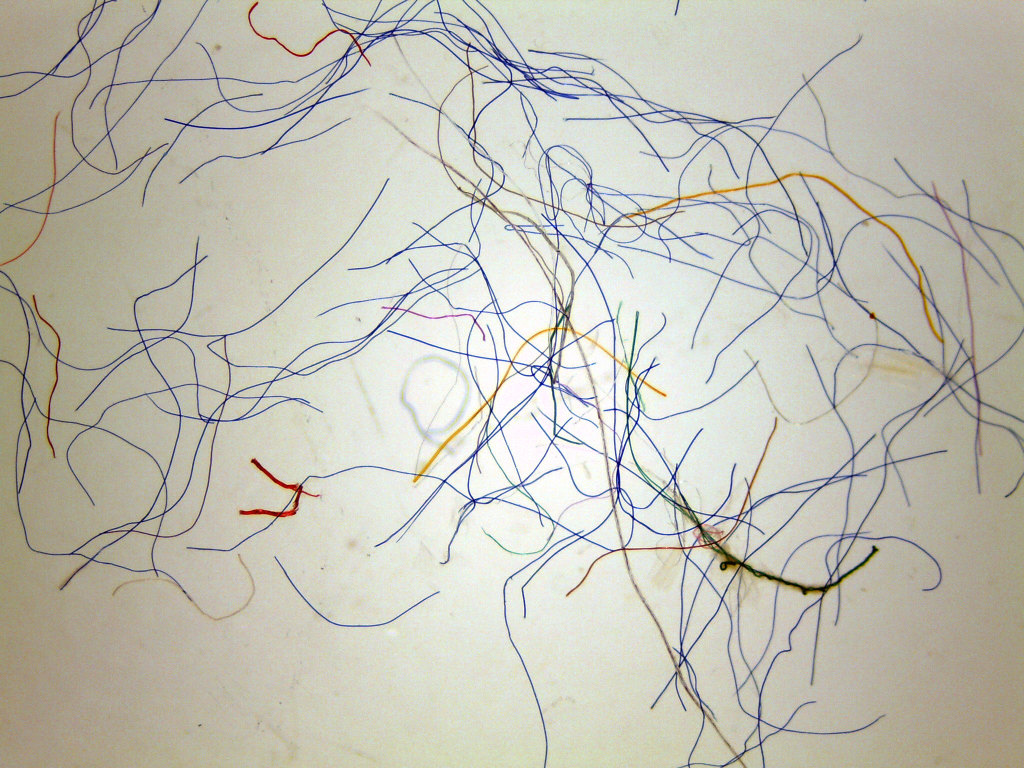
Microplastics are omnipresent in Pennsylvania’s waterways and we are unwittingly ingesting them. After a study released by PennEnvironment last March found microplastics in all 300 water samples taken from 53 PA waterways including seven in Allegheny County Michael Machosky wrote in NextPittsburgh “How bad is the plastics problem in PA? It’s like eating a credit card every week.”
Sadly Pittsburgh is about to add to the plastics problem in a major way. Soon the new Shell Cracker plant in Beaver County will produce more than a million tons of nurdles each year.
Those nurdles can quickly become an environmental disaster as seen on the shore of Sri Lanka after the X-Press Pearl container ship burned and sank in May 2021 and dumped up to 70-75 tons of nurdles into the Indian Ocean. Nurdles are still washing ashore six months later.
Plastic in the water is much smaller than you think.
(flood photo by Kate St. John, all others from MichiganSeaGrant on Flickr with credit noted in the captions; click on the captions to see the originals. Michigan Sea Grant monitors the health of the Great Lakes including microplastics in their waters. )
P.S. Source article for how we accidentally eat plastic: Revealed: plastic ingestion by people could be equating to a credit card a week.
I have read that very tiny plastic ” beads” are/ were in some toothpastes and some can end up embedded in your gums and, of course, swallowed.
I’m glad you posted about this. Every time I go to the Aspinwall Riverfront Park I go down to the dock to see the flotsam and jetsam that has accumulated there. I’m mostly looking for any interesting bits of vegetation that’s washed downriver (including beaver chewed sticks!) but unfortunately see quite a bit of plastic, rubber, and styrofoam trash mixed in with everything. I wish someone would clean the trash out of the river where it collects to prevent it from going further downstream.
FYI – The Microbead-Free Waters Act of 2015 prohibits the manufacturing, packaging, and distribution of rinse-off cosmetics containing plastic microbeads. This new law also applies to products that are both cosmetics and non-prescription (also called “over-the-counter” or “OTC”) drugs, such as toothpastes.
Joyce, thanks for the information about the microbead law. I didn’t realize it existed so I looked into it and found this (below) which probably explains why microbeads are still showing up in the Great Lakes.
https://en.wikipedia.org/wiki/Microbead-Free_Waters_Act_2015
“The Act limits the ban solely to “rinse-off” cosmetic products that perform an exfoliating function, such as toothpaste or face wash. Other products are not included, for example, other personal care products, cleaning products, and make-up. … These loopholes in the US Microbead-Free Waters Act have become apparent to many other countries, especially in the United Kingdom.”